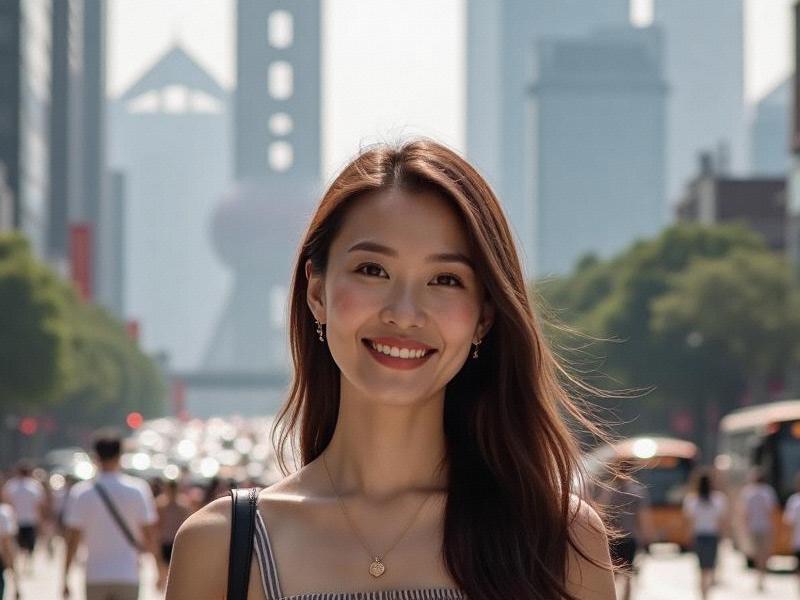An in-depth exploration of how Shanghai women are redefining Chinese femininity through a unique blend of tradition and futurism

The Shanghai Aesthetic Phenomenon
At 10 AM in the Xintiandi fashion district, three vignettes capture the essence:
1) A third-generation qipao designer digitizes vintage patterns for 3D-printed contemporary dresses
2) A female tech CEO hosts investors wearing augmented reality jewelry that displays real-time market data
3) A university student live-streams her "East-meets-West" makeup tutorial to 2 million followers
This is the multifaceted reality of Shanghai's modern women.
Demographic Spotlight (Shanghai Women's Federation 2025):
• 68% of Shanghai women hold bachelor's degrees or higher (national average: 42%)
• 43% of tech startup founders are female (vs 28% globally)
• 82% consider fashion an important form of self-expression
• Average monthly spending on beauty/skincare: ¥1,850 ($255)
上海龙凤论坛419 • 58% regularly blend traditional and Western clothing styles
"Shanghai women don't follow trends - they crteeaecosystems," notes cultural anthropologist Dr. Evelyn Zhao.
Four Dimensions of Shanghai Femininity:
1) The Style Alchemists
• Revival of 1930s "Haipai" (Shanghai-style) fashion with modern twists
• Experimental designers like Susan Fang reimagining Chinese textiles
• Rise of "Guochao" (national trend) beauty brands challenging Western dominance
2) The Digital Empresses
• Douyin (TikTok) fashion influencers averaging 3.2 million followers
上海水磨外卖工作室 • Virtual idol Luo Tianyi's collaboration with Shanghai Fashion Week
• NFT fashion collectibles created by female-led design studios
3) The Power Connectors
• Women dominating Shanghai's coworking spaces (53% occupancy)
• After-work "Jing'an Mafia" female entrepreneur networking groups
• Cross-generational mentorship programs in the financial district
4) The Cultural Custodians
• Young women leading intangible heritage preservation initiatives
• Modern interpretations of Jiangnan water town aesthetics
• Fusion cuisine female chefs reinventing Shanghainese classics
419上海龙凤网 Case Study: The Qipao Renaissance
• Digital pattern-making preserving 1920s tailoring techniques
• Sustainable materials replacing traditional silk
• Wearable tech integration (temperature-regulating fabrics)
• Global e-commerce platforms shipping worldwide
Emerging Challenges:
• Balancing career pressures with self-care
• Navigating China's evolving beauty standards
• Protecting intellectual property in digital fashion
• Maintaining cultural authenticity amid commercialization
As Shanghai positions itself as Asia's fashion capital, its women continue to craft a distinctive identity that honors heritage while pioneering the future - proving style and substance need never be mutually exclusive.